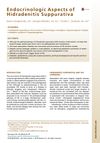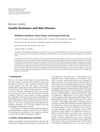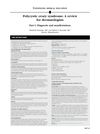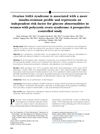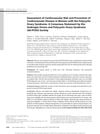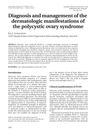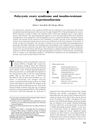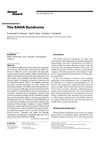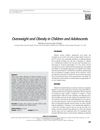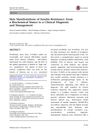Skin Manifestations of Pediatric Metabolic Syndrome
November 2019
in “
Harper's Textbook of Pediatric Dermatology
”
acanthosis nigricans fibroma pendulans striae distensae erysipelas intertrigo acne vulgaris hirsutism androgenetic alopecia hidradenitis suppurativa psoriasis atopic dermatitis hyperandrogenaemia insulin resistance diabetes mellitus obesity polycystic ovary syndrome PCOS proinflammatory cytokines acne hair loss hormonal imbalance skin infections diabetes inflammation
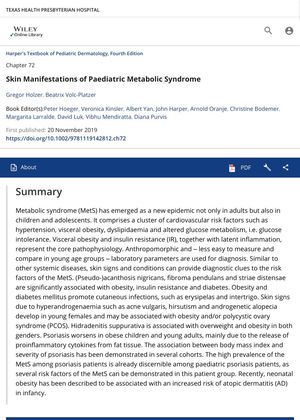
TLDR Children with metabolic syndrome often have skin problems like dark patches, skin tags, stretch marks, infections, acne, and psoriasis, which are linked to obesity and insulin resistance.
The document "Skin Manifestations of Paediatric Metabolic Syndrome" from 2019 discussed how metabolic syndrome (MetS), a cluster of cardiovascular risk factors including hypertension, visceral obesity, dyslipidaemia, and altered glucose metabolism, was not only an epidemic in adults but also in children and adolescents. The core pathophysiology of MetS was identified as visceral obesity and insulin resistance, along with latent inflammation. Skin conditions such as (Pseudo-)acanthosis nigricans, fibroma pendulans, and striae distensae were significantly associated with obesity, insulin resistance, and diabetes. Obesity and diabetes mellitus were found to promote cutaneous infections like erysipelas and intertrigo. Skin signs due to hyperandrogenaemia such as acne vulgaris, hirsutism, and androgenetic alopecia developed in young females and were associated with obesity and/or polycystic ovary syndrome (PCOS). Hidradenitis suppurativa was associated with overweight and obesity in both genders. Psoriasis was found to worsen in obese children and young adults, mainly due to the release of proinflammatory cytokines from fat tissue. The association between body mass index and severity of psoriasis was demonstrated in several cohorts. The high prevalence of MetS among psoriasis patients was already discernible among paediatric psoriasis patients. Lastly, neonatal obesity was associated with an increased risk of atopic dermatitis (AD) in infancy.

